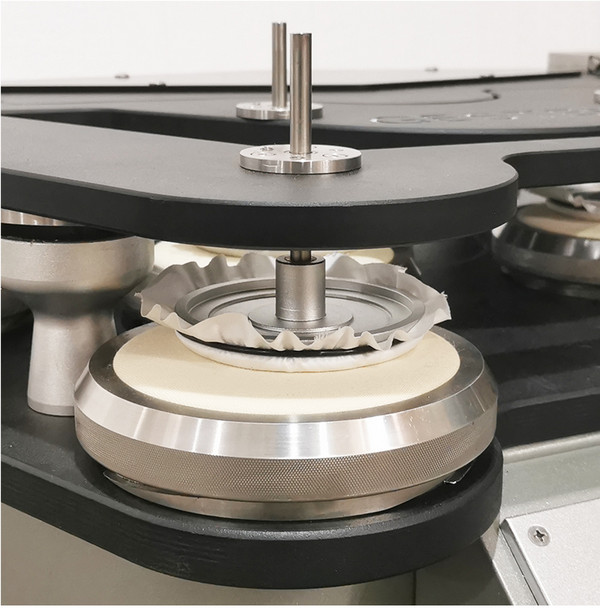- Qinsun Instruments Co., Ltd.
- Tell:+86-21-6780 0179
- Phone:+86-17740808215
- Address:No. 2578 Minhang District Gu Dai Road, Shanghai
- Contact:Mr. Li
- QQ:846490659
Repair the malfunction of the conductivity meter

Troubleshooting of conductivity meter:
(1) Power supply section:
When the low-voltage AC power supply fails, the indicator light and each filament do not light up. During the inspection, it can be carried out in the order of power input, transformer primary, transformer secondary low voltage, etc.
When the indicator light and each filament of the high-voltage DC power supply can light up, but the eyepiece does not emit green light, and replacing the new eyepiece is ineffective, the problem can occur in the high-voltage DC power supply part. When checking, a universal meter can be used to measure the AC voltage in the 500V range. The voltage of the two anodes of the rectifier tube should be approximately 250V each to ground. Otherwise, the problem lies in the secondary high voltage or wiring of the transformer. If there is electricity, use a DC voltage range of 500V to measure the cathode of the rectifier tube, which should be at least+200V to ground. If there is no DC voltage or the voltage is low, the rectifier tube or filter capacitor should be replaced. And connect each contact point properly.
(2) Oscillator and cathode output faults:
When the accurate balance point cannot be measured using a high frequency range, the oscillation tube and cathode output tube can be replaced first. If the problem cannot be solved, the voltage and wiring of each pole of the two tubes need to be measured. The anode of the oscillating tube should be approximately+150V, and the secondary gate should be approximately+60V. The anode of the cathode output tube should be approximately+250V. High impedance headphones or speakers can be used (low impedance should be monitored through an output transformer), and an oscilloscope can be used to track and check each signal point. This will reveal the problem.
(3) Fault in the bridge section:
Its performance is that whether using high or low frequency range, when rotating the reading button or multiplier button during measurement, the indicator flashes unstable or cannot find the balance point at all.
1. First, check the electrode system in the bridge circuit:
Remove the electrode and connect it to a known resistance of about 1000 ohms. If a resistance value of about 1000 ohms can be measured, the problem lies with the electrode or wiring. Replace or repair the electrode system. If it cannot be measured, the following method can be used to continue the inspection.
2. Reading button section:
Sometimes the sliding resistance inside the reading button has poor contact. Clean the contact points with a clean cloth or other cloth to ensure good contact in all areas.
3. Multiplication button section:
Due to internal band switch misalignment or poor contact, cotton or other materials can be used to absorb a small amount of anhydrous ethanol or trichloroethylene to clean and reset.
4. Capacitance issue:
Sometimes the light band edge of the indicator is blurry, and the bridge arm capacitance can be adjusted to ensure clarity.
(4) Indicator malfunction:
If the edge of the indicator light band is still blurry after adjusting the capacitance of the bridge circuit, the eye tube 6E1 or 6E2 can be replaced. The green fluorescent band of the former moves in a fan-shaped pattern, while the latter moves up and down, and the wiring is different.
2. If the indicator is not sensitive, the amplification tube and electric eye tube can be replaced. If they are still not sensitive, the voltage and wiring of each pole need to be checked.





